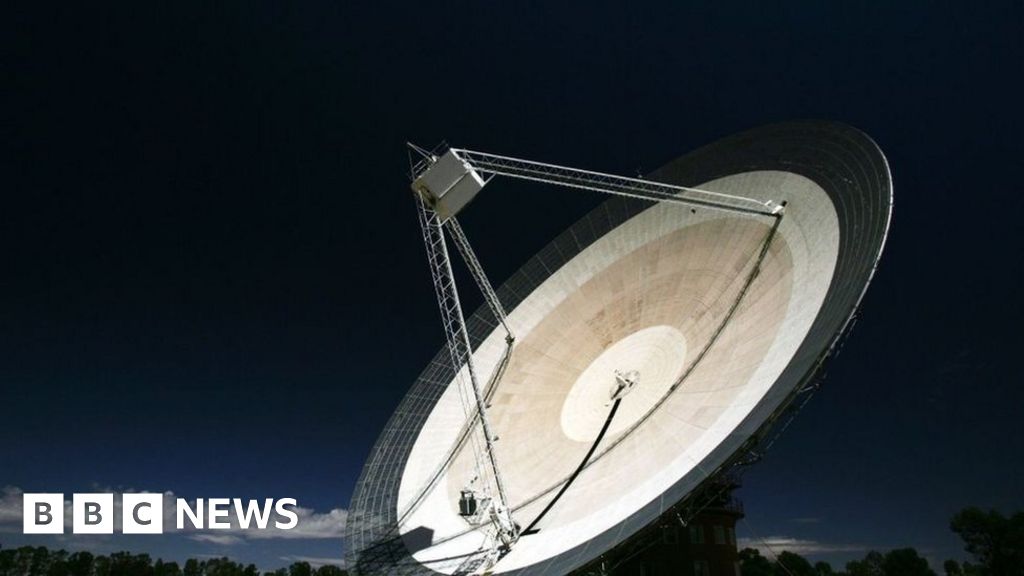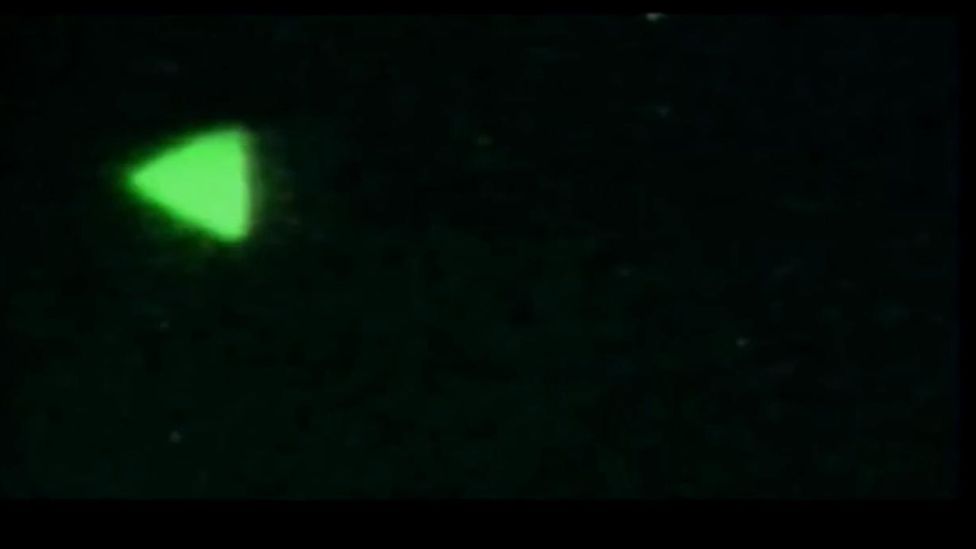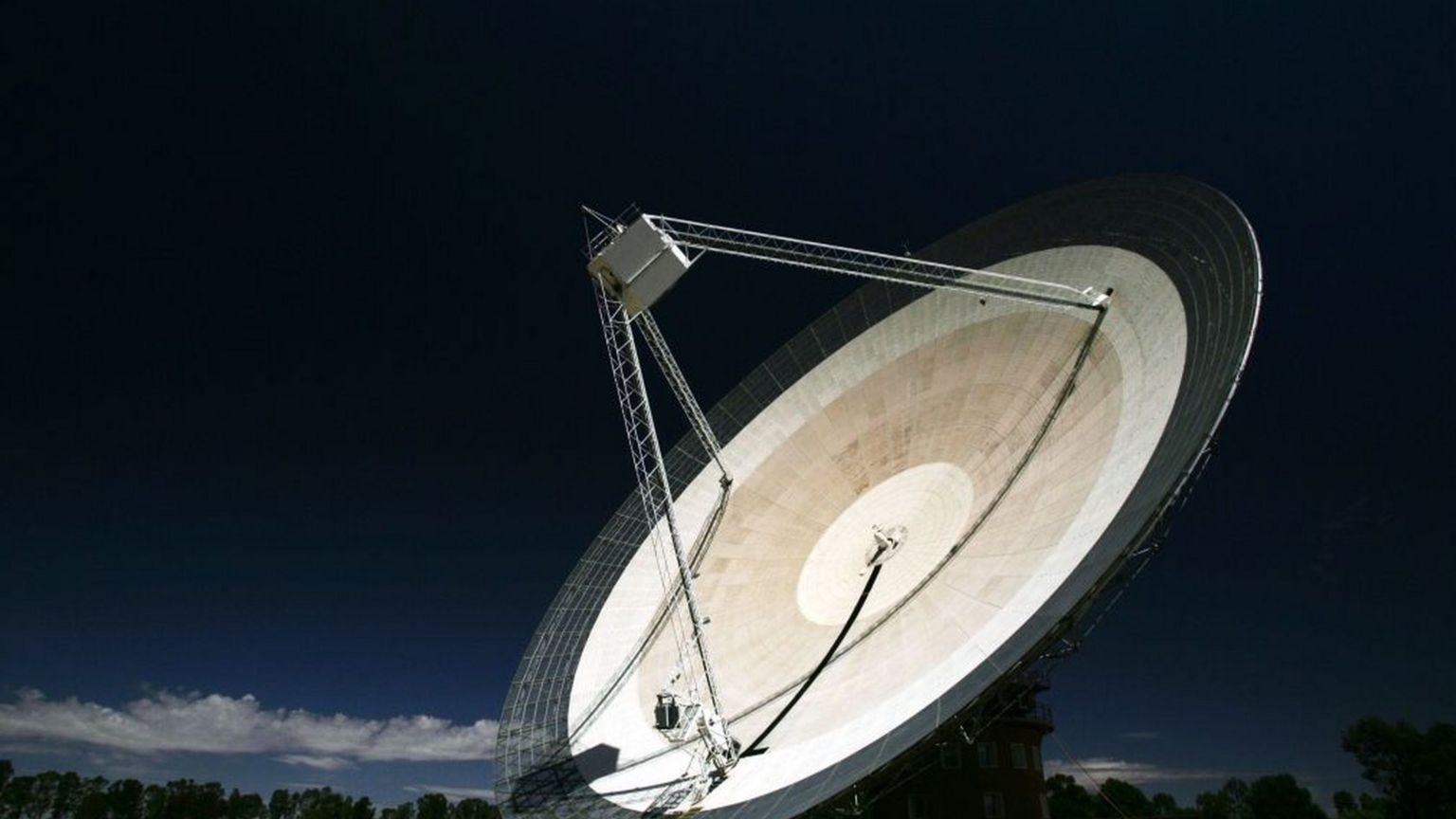
A Nasa panel investigating unidentified flying objects has collected around 800 mysterious reports – but only a small fraction are truly unexplained, researchers say.
The agency set up the panel last year to explain its work on what it calls unidentified anomalous phenomena (UAP).
UAP are defined as sightings “that cannot be identified as aircraft or known natural phenomena from a scientific perspective”.
The panel, which will issue a report later this year, held its first public meeting on Wednesday.
Here are some of the revelatory moments.
Many sightings can be explained – others remain a mystery
“We have 50 to 100-ish new reports each month,” said Sean Kirkpatrick, director of Nasa’s All-domain Anomaly Resolution Office (AARO).
But he said the number of those sightings which are “possibly really anomalous” are 2% to 5% of the total database.
At one point during the hearing, a video taken by a naval aircraft over the western US showed a series of dots moving across the night sky. The military plane was unable to intercept the object, which turned out to be a commercial aircraft heading towards a major airport.
Other sightings are more mysterious.
A separate Pentagon report in 2021 said that of 144 sightings by military pilots made since 2004, all but one remained unexplained. Officials did not rule out the possibility that the objects are extra-terrestrial.
Privacy limits Nasa investigations
Mr Kirkpatrick also noted that privacy concerns limit the agency’s investigations.
“We can point the largest collection apparatus in the entire globe at any point we want,” he said.
“A lot of what we have is around the continental United States,” he added. “Most people…don’t like it when we point our entire collection apparatus at your backyard.”
This video can not be played
To play this video you need to enable JavaScript in your browser.
Microwaves and optical illusions
UAP-related data is often difficult to interpret and can be easily skewed.
David Spergel, chair of Nasa’s UAP team, mentioned a burst of radio waves picked up by researchers in Australia.
“They had really strange structure. People couldn’t figure out what was going on. Then they start to notice a lot of them bunched together around lunch time,” he said.
It turned out that the sensitive instruments used by researchers were picking up signals from a microwave used to heat up their lunches.
Scott Kelly, a former astronaut and pilot with decades of experience, told a story about an optical illusion.
He and his co-pilot were flying near Virginia Beach and his colleague “was convinced we flew by a UFO”.
“I didn’t see it. We turned around, we went to look at it, it turns out it was Bart Simpson – a balloon.”
Stigma and harassment hamper research
Commercial pilots are very reluctant to report sightings, Mr Spergel said, because of the stigma surrounding flying saucers.
“One of our goals is to remove the stigma,” he said, “because there is a need for high quality data to address important questions about UAPs.”
And some scientists have faced harassment online for their work in the area.
“Harassment only leads to further stigmatisation of the UAP field, significantly hindering the scientific process and discouraging others to study this important subject matter,” said Nasa science chief Nicola Fox.
New era of transparency
One of the reasons Wednesday’s meeting is so noteworthy is Nasa’s change of approach. The space agency spent decades debunking UFO sightings.
At the end of the hearing the panel took questions from the public. One was “What is Nasa hiding?”
Nasa’s Dan Evans replied that the agency is committed to transparency. “That is why we are here live on TV today,” he said.
This video can not be played
To play this video you need to enable JavaScript in your browser.
Related Topics
-
-
4 June 2021
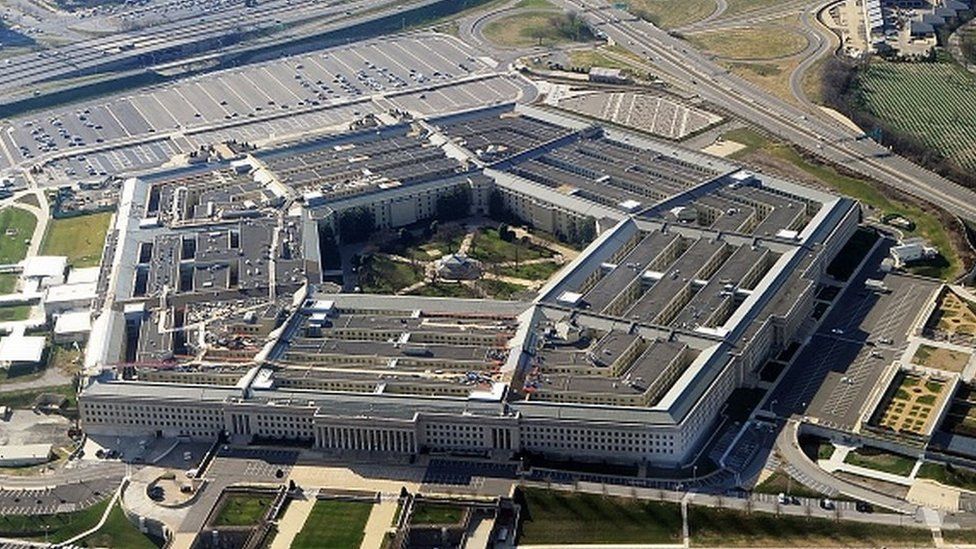
-
-
-
28 April 2020
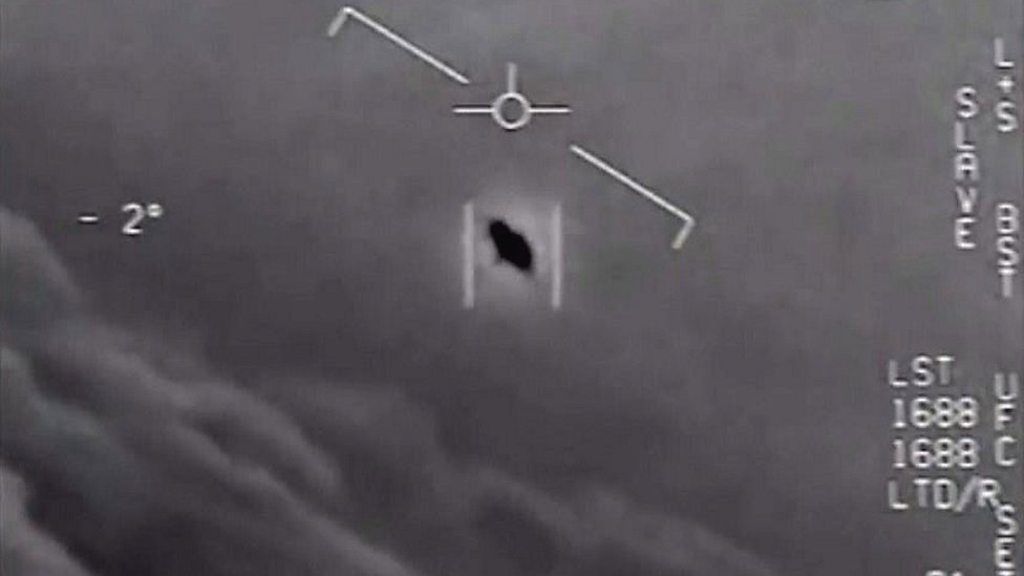
-
